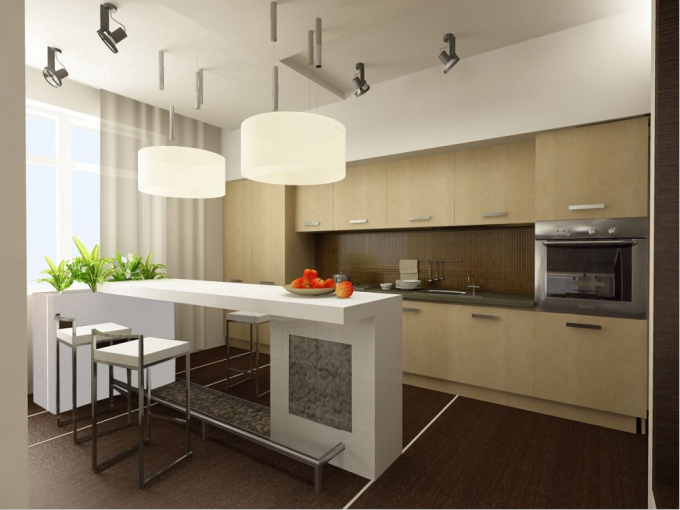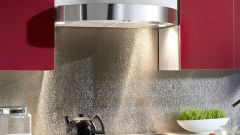You will need
- ceramic tile,
- special beacon
- cord
- Portland cement,
- sand,
- water,
- spatula.
Instruction
1
The lining start from the bottom. Surface provesta and place special beacons from the tiles, you'll be facing the wall. Beacons set on the very top and bottom rows with two beacons in each row with one and other. Next to each lighthouse in the wall of the hammer pin. One pull a cord-prichalku between the two lower pins and a second cord between the top two. Thus, it will be easier to control smooth styling. Prepare mortar for fixing tiles – most often it is made from conventional Portland cement, which is mixed with sand and water.
2
Prepare the tiles for installation. Accurately determine their number, which will put the bottom row on the dry wall. If you need halves or smaller pieces of tiles, prepare the chopped tile. In order to tile held up better wet not only the walls but also the tile, soaking her back side for a while in the cement milk. Dampen the tile is not much to prevent absorption of the solution. The surface is just lightly wetted. Laying start with lower angle.
3
To lay the tiles perfectly straight and prevent the appearance of irregularities and protrusions, lay it on a cord-prichalke. With a notched trowel, apply the tile mortar and then attach it to the wall and lay siege to the level of the cord, applying light blows with a wooden stick or the handle of a shovel. After you finish the first row, move the entire structure of the cord on the second. And continue to lay the tiles, focusing on the cord-prichalku. Lay the tiles so that the solution filled all the space between the wall and the rear surface of the tiles. The excess solution that will protrude from under the tiles, remove with a spatula.
4
To the coated surface looked nice, after installation, wipe all the surface of the tiles with a clean cloth. This will remove remnants of the solution to their solidification, and the wall of the kitchen acquire a truly decorative look.

